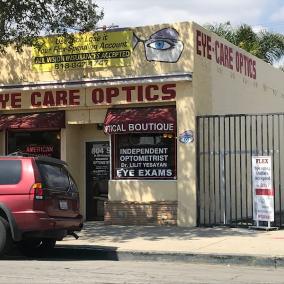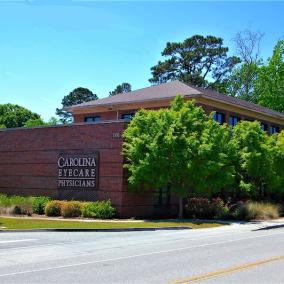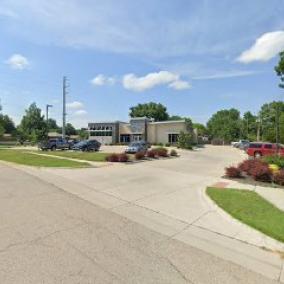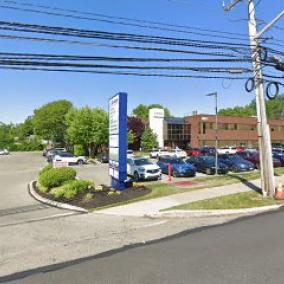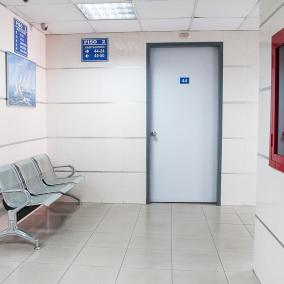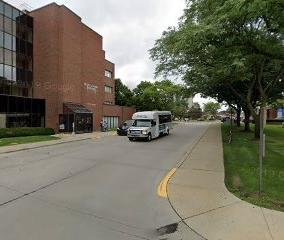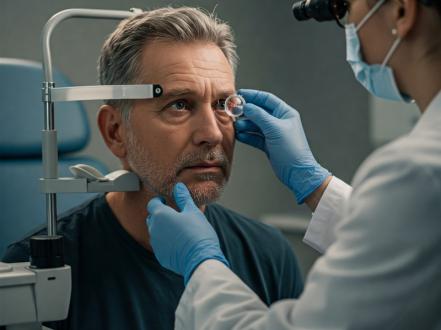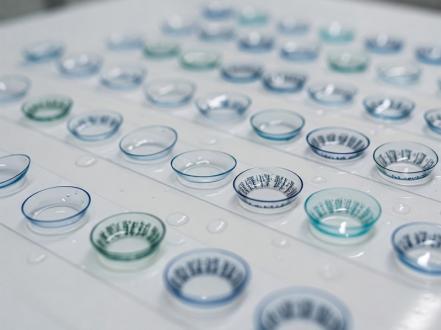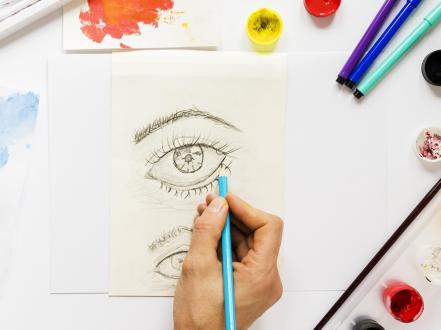Because of its misleading nomenclature, blepharoplasty is more often thought of as an illness than a remedial treatment that aims to fix the problem. Both the eyes' aesthetic value and their practicality can be enhanced through the procedure. By tightening and smoothing out the skin surrounding the eyes, it can give the face a younger look.
What to Look Out For and Why It May Be Needed
There are signs that could suggest someone could benefit from blepharoplasty. These signs include droopy or sagging eyelids, trouble seeing because of too much skin hanging around the eyes, bags and dark circles under the eyes, extra skin on the upper eyelids, and wrinkles around the lower lids.
Mainly, it's caused by aging. Aging causes a loss of elasticity in our skin and the accumulation of fat around our eyes. Poor vision and a weary appearance can be caused by sagging, drooping, and bags under the eyes. In certain instances, these alterations are caused by genes rather than aging. Your self-esteem and overall happiness can take a hit if you let these worries get the best of you.
Mainly, it's caused by aging. Aging causes a loss of elasticity in our skin and the accumulation of fat around our eyes. Poor vision and a weary appearance can be caused by sagging, drooping, and bags under the eyes. In certain instances, these alterations are caused by genes rather than aging. Your self-esteem and overall happiness can take a hit if you let these worries get the best of you.
Correcting Things: Blepharoplasty
A set of mentioned above issues are treated with a blepharoplasty procedure. Depending on the problem and the surgeon's recommendation, it can target the upper or lower lids.
For upper lids, the surgeon trims skin and fat with a tiny cut along the natural eyelid fold. To remove or reposition fat or skin from the lower lids, they cut slightly below the lashes. They sometimes make an incision inside the lower lid to avoid scarring. After trimming the surplus, meticulous sewing hides scars.
After surgery, you may experience swelling, bruising, discomfort, or dry eyes. These are typical and generally disappear within two weeks. To relieve pain, your doctor may prescribe medications or eye drops. Blepharoplasty complications are rare, although they can include infection, anesthetic responses, difficulties closing your eyes, and, rarely, vision loss.
The procedure is commonly an outpatient treatment. It usually takes 1–2 hours. Follow your doctor's advice to use cold packs, sleep with your head up, and avoid heavy lifting and intensive workouts to recover well. Everyone heals differently, but most can resume normal life in two weeks.
Finally, blepharoplasty might improve your vision, boost your confidence, and lift your face. Like any surgery, it's crucial to discuss the details with a vetted surgeon.
For upper lids, the surgeon trims skin and fat with a tiny cut along the natural eyelid fold. To remove or reposition fat or skin from the lower lids, they cut slightly below the lashes. They sometimes make an incision inside the lower lid to avoid scarring. After trimming the surplus, meticulous sewing hides scars.
After surgery, you may experience swelling, bruising, discomfort, or dry eyes. These are typical and generally disappear within two weeks. To relieve pain, your doctor may prescribe medications or eye drops. Blepharoplasty complications are rare, although they can include infection, anesthetic responses, difficulties closing your eyes, and, rarely, vision loss.
The procedure is commonly an outpatient treatment. It usually takes 1–2 hours. Follow your doctor's advice to use cold packs, sleep with your head up, and avoid heavy lifting and intensive workouts to recover well. Everyone heals differently, but most can resume normal life in two weeks.
Finally, blepharoplasty might improve your vision, boost your confidence, and lift your face. Like any surgery, it's crucial to discuss the details with a vetted surgeon.

